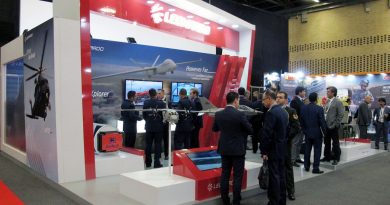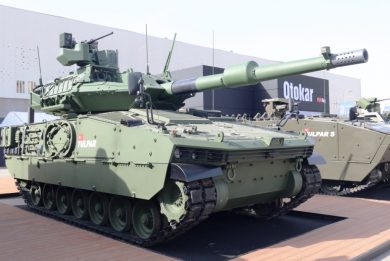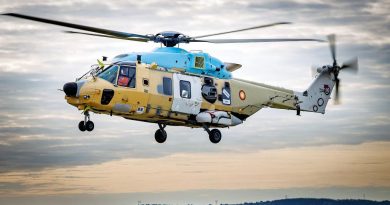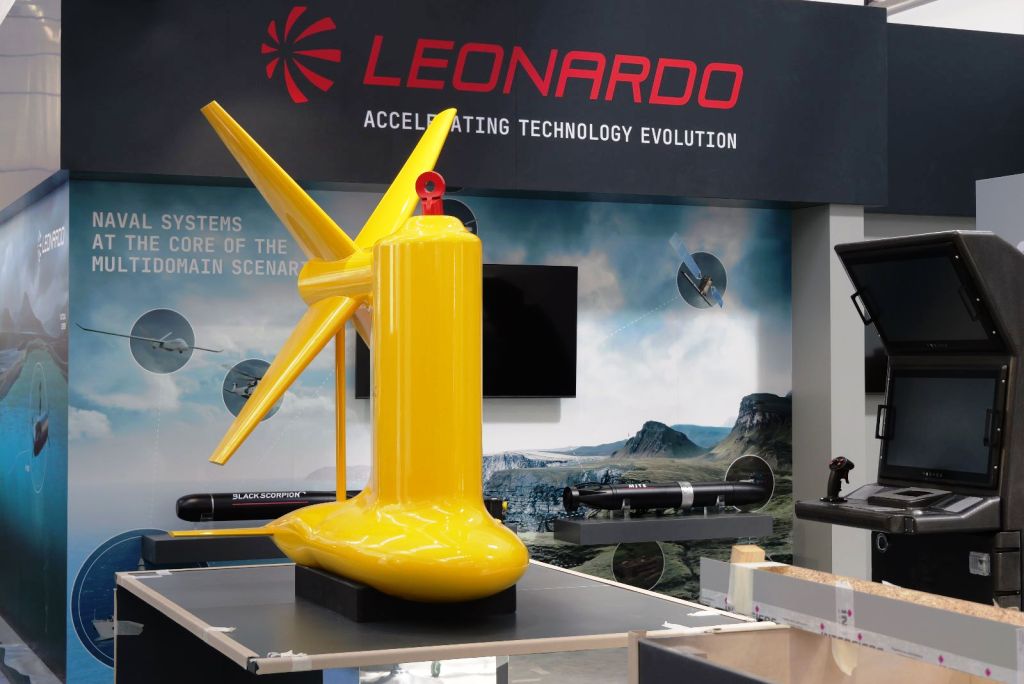
Leonardo conducted sea trials of its Active Towed Array System
Without providing information on the test platform and timeline, Leonardo confirmed to EDR On-Line it has conducted a sea trials campaign with its Active Towed Array System (ATAS). According to EDR On-Line sources, tests were conducted on board the NATO owned and Italian Navy manned Alliance research vessel.
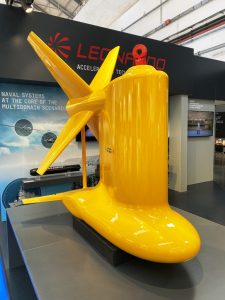
The ATAS has been contracted by Italian Naval Armaments Directorate to equip the ‘full combatant’ version of the new Thaon di Revel-class PPA multipurpose patrol vessels for the Italian Navy, which is to be delivered in 2024. Designed to fulfil ASW operational requirements dictated for these vessels, which due to its hull design cannot embark a hull-mounted sonar and therefore rely exclusively on the VDS capabilities, the ATAS is a low and medium frequency, active and passive VDS, with reduced size and weight of the towed body and footprint of the complete system. These characteristics have already attracted the interest of potential international customers, especially for operations in the littoral environment, according to Leonardo.
With a total weight of less than 9 tonnes including launch and recovery system (LARS), towed body and array, power and processing electronics cabinets and local console, the Active Towed Array System (ATAS) has a single tow line used for both the transmitting towed body and the receiving array. Every single module of the LARS has been designed to be easily installed/removed from onboard, based on Italian Navy’s requirements which dictated the ATAS could be transferred to other configured ‘Light’ and ‘Light Plus’ versions according to ship availability. With a LARS reduced footprint onboard, the towed body incorporates a vertical transmitter array consisting of free flooded rings, which provides omnidirectional transmission at high source level. The connected receiving linear array consists of multiple hydrophone triplets allowing left-right ambiguity resolution. The towed body cable has a length of around 400 meters, while the connected smaller diameter cable measures less than 150 meters and includes the passive array that is longer than 20 meters.
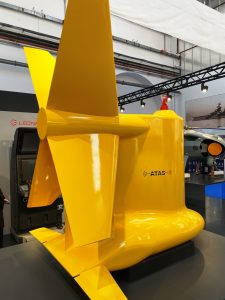
The ATAS is characterized by a maximum operative depth of over 260 metres at typical ASW patrolling speeds, even with its limited weight and automatic depth regulation, allowing good acoustic coverage in any propagation condition. The latest towed body configuration unveiled for the first time at Euronaval 2018 presents a new main rear cruciform stabilizer mounted on the top trailing edge, which EDR On-Line understood provides enhanced stability even at higher-than-required towing speeds. Capable to be installed on shallow and blue waters platform, the ATAS can perform active and passive detection and tracking, automatic classification of target noise through automatic extraction of acoustic features by means of Low Frequency Analysis and Recording, Demodulation of Envelope Modulation On Noise, and multiple line coherence analysis tools and their comparison with classification data file already loaded on the customer-owned classified data storage, or with manual classification based on the displayed extracted features and on the listening of the audio beam; interception of the sonar pulse emissions (including torpedo acoustic head pulses), torpedo alarm, selection of best setting for the sonar operating parameters, reverberation and noise measurements, performance prediction and operator training. According to Leonardo, the ATAS has a detection capability beyond the first oceanic convergence zone, on targets generically defined as ‘modern submarines’.
Photos by L. Peruzzi

